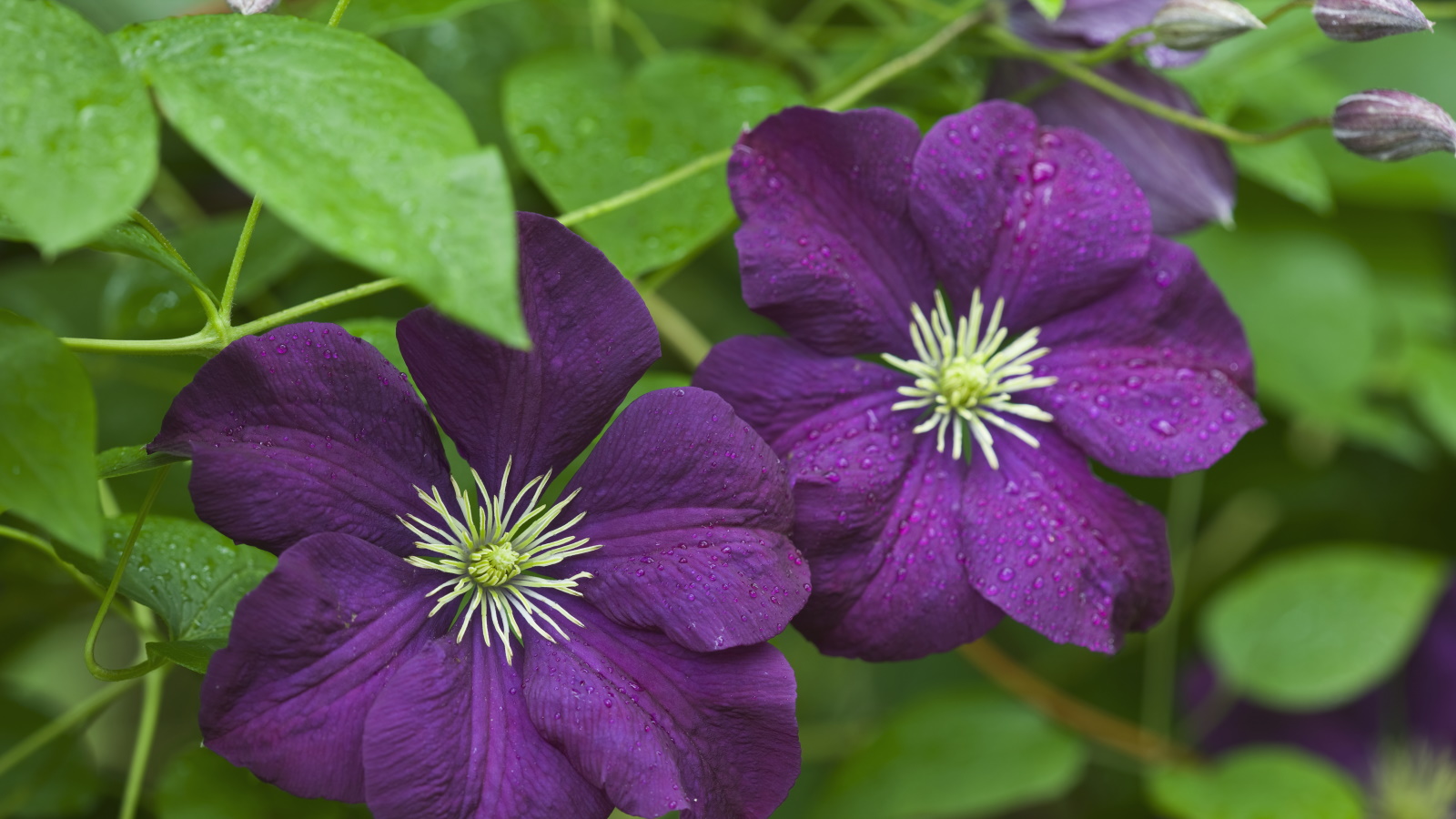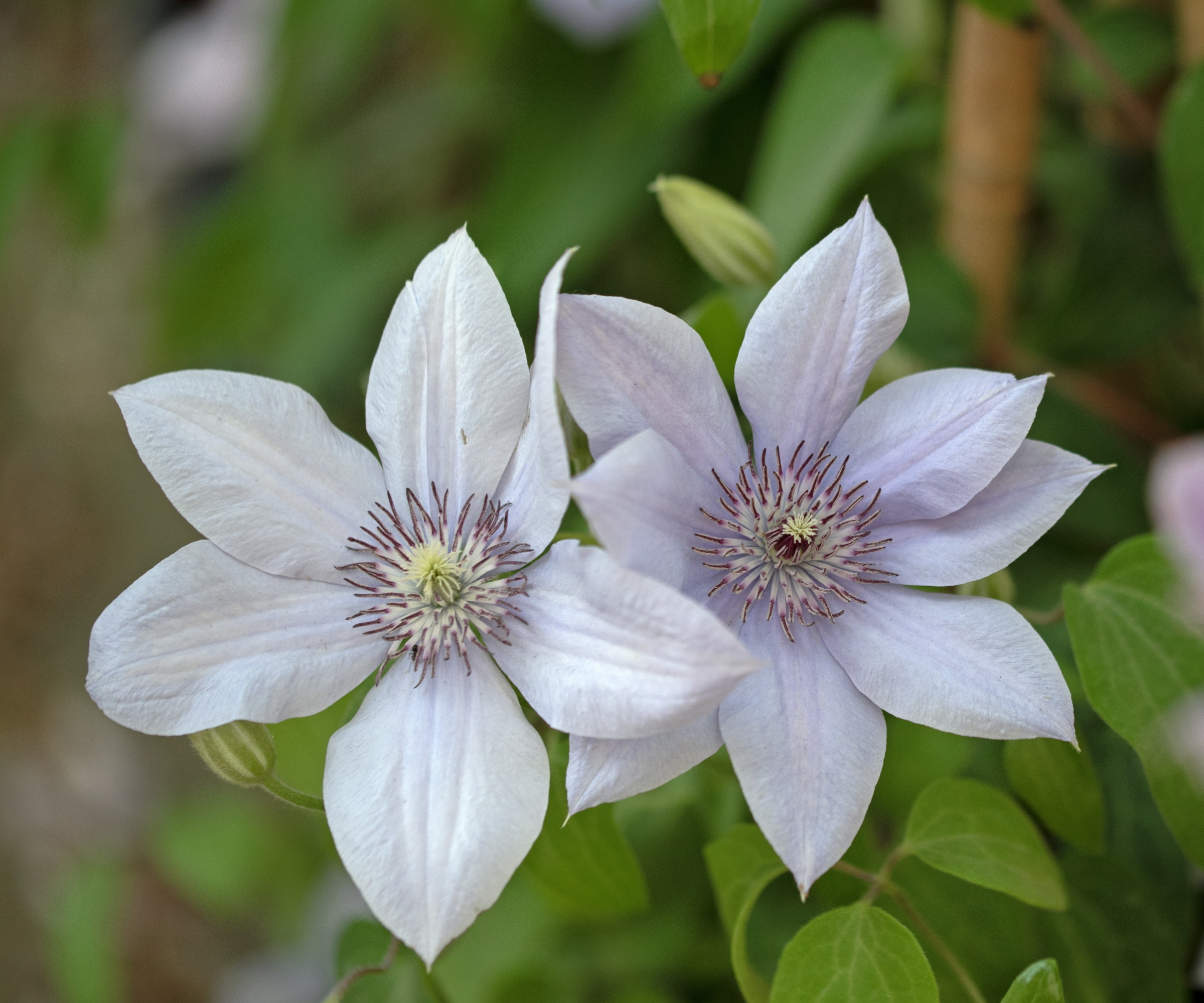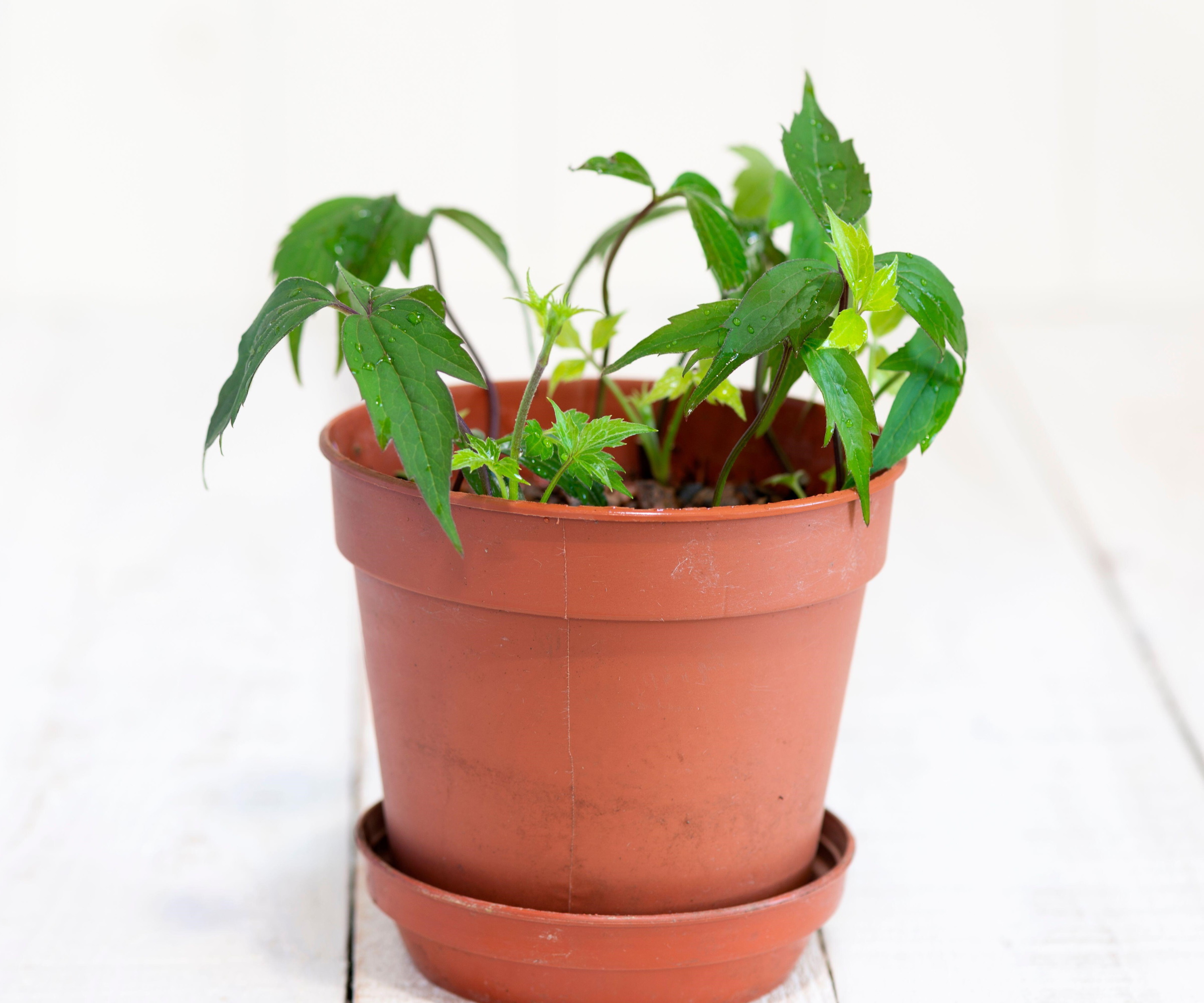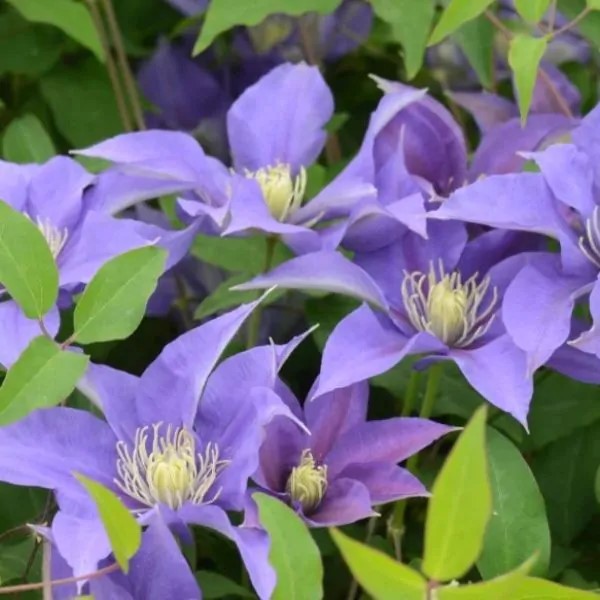How to propagate clematis plants – expert tips for successful softwood cuttings
Taking cuttings is an easy way to grow your clematis collection


Clematis plants are popular flowering climbers that create a floral spectacle across walls, fences and garden structures during summer. From bright pink to pale white, dainty blooms to large star-like flowers, clematis plants are showstoppers that can help decorate any outside space.
If you already know how to grow clematis plants in your yard and want to propagate more flowering climbers, then propagation is a good idea. Clematis cuttings can either be softwood or hardwood, and the timing and approach differ depending on which of these different propagation methods you try.
So, whether you have a Clematis montana that you want to replicate elsewhere in the yard, or a large-bloomed form - such as Clematis 'Nelly Moser' - that you want to gift to a gardening friend, propagation is a project to try this year. Here, we share how best to take clematis cuttings and successfully grow your climber collection.

How to propagate clematis plants
Many of the best clematis varieties prefer a sunny, sheltered spot in the yard and are famed for producing prolific blooms, ranging in size, shape and color. You can grow your clematis collection by taking cuttings. Softwood cuttings are best taken in spring, whereas hardwood cuttings are best taken in the fall.
How to take softwood clematis cuttings

Hardwood and softwood cuttings are the two options for clematis growers to decide between, but I tend to have more success with softwood cuttings. They are taken in mid to late spring, typically around May or June depending on the climate in different US hardiness zones. This type of cutting requires fresh, new green growth that appears from spring.
The advantage of taking softwood cuttings is that they tend to root quickly. This is because of the season, as during spring and summer plants grow at a vigorous rate.
It is best to use clean, sharp tools when taking softwood cuttings, such as these pruning shears from Walmart. Doing so will ensure that your cut is clean and reduce the risk of contamination or the spread of disease.
On a mild, dry day, identify the clematis plant that you wish to propagate, and have your tools ready. You can then begin to take softwood cuttings.
Step by step guide to taking clematis cuttings
- Before you take your cuttings, I recommend preparing your container. Fill a small pot, no more than 4 inches in diameter, with fresh potting soil. Water your pot and let the soil settle.
- Carefully select and snip one long clematis stem, around 3 feet long. This can then be used to make a handful of cuttings.
- Cut your stem into smaller sections. Along the stem, you will see leaf joints. Cut 1/2 inch above the leaf joint and 2 to 3 inches below the leaf joint.
- Then, when you are happy with your 3 to 4-inch cutting, remove most of the foliage, leaving just 1 or 2 small leaves.
- Dip the bottom 1 inch of each cutting into a tray of water, and then dip again in rooting hormone powder, which will help the cutting to establish roots quickly. Most garden stores will have this product, or you can order online, such as this rooting powder available that is available from Amazon.
- Using a pencil, create small holes for your cuttings in the soil, planting them and leaving only 1 inch above the soil. Cover with soil, and gently tap the pot to remove any air pockets.
- Finally, cover the pot with a plastic bag. This will help to seal in warmth and moisture.
- In 4 to 6 weeks, roots will begin to shoot. You can then replant your cutting into their own individual pots.

Delicate lilac-blue blooms will steal the show in your yard, with attractive yellow fringed centers. Indeed, the Boulevard Olympia Clematis is sure to add drama and vertical interest to your borders and planting displays.
FAQs
When is the best time to take clematis cuttings?
It is best to take softwood cuttings in the spring, when your clematis is producing lots of fresh new growth. Timings will vary from place to place, but this can typically be done in May or June, giving your cutting plenty of time to produce roots before the fall.
Taking clematis cuttings is a great way to grow your flowering climber collection, covering your walls and garden fences with striking and colorful blooms. For more clematis growing information, see our guide on how to revive a woody clematis or how and when to fertilize clematis, helping to improve plant health and blooming.
Sign up to the Homes & Gardens newsletter
Design expertise in your inbox – from inspiring decorating ideas and beautiful celebrity homes to practical gardening advice and shopping round-ups.

Thomas is a Content Editor within the Gardens Team at Homes and Gardens. He has worked as a professional gardener for both public spaces and private estates, specializing in productive gardening, growing food and flowers. Trained in Horticulture at the Garden Museum, he has written on gardening and garden history for various publications, including The English Garden, Gardens Illustrated, Hortus, The London Gardener and Bloom. He has co-authored a Lonely Planet travel book, The Tree Atlas, due out in 2024.
-
 7 expert-approved painting hacks to minimize clean up – to make an already exhausting task easier
7 expert-approved painting hacks to minimize clean up – to make an already exhausting task easierAvoid a backbreaking clean-up after your next painting project with advice from the professionals
By Chiana Dickson
-
 Gwyneth Paltrow's quiet luxury kitchen is so beautiful, we almost overlooked her ultra-smart cabinets – they make the use of 'every inch' of storage space
Gwyneth Paltrow's quiet luxury kitchen is so beautiful, we almost overlooked her ultra-smart cabinets – they make the use of 'every inch' of storage spaceThe Goop founder makes use of dead space in her kitchen with customized cabinetry that reaches to the ceiling, providing ample storage
By Hannah Ziegler